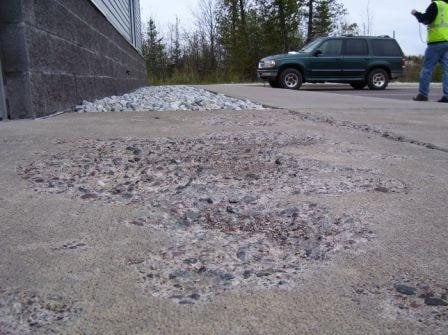Freddie Mac (OTCQB: FMCC) today released the results of its Primary Mortgage Market Survey® (PMMS®), showing the average 30-year fixed mortgage rate inching lower.
News Facts
- 30-year fixed-rate mortgage (FRM) averaged 3.90 percent with an average 0.5 point for the week ending November 30, 2017, down from last week when it averaged 3.92 percent. A year ago at this time, the 30-year FRM averaged 4.08 percent.
- 15-year FRM this week averaged 3.30 percent with an average 0.5 point, down from last week when it averaged 3.32 percent. A year ago at this time, the 15-year FRM averaged 3.34 percent.
- 5-year Treasury-indexed hybrid adjustable-rate mortgage (ARM) averaged 3.32 percent this week with an average 0.3 point, up from last week when it averaged 3.22 percent. A year ago at this time, the 5-year ARM averaged 3.15 percent.
Average commitment rates should be reported along with average fees and points to reflect the total upfront cost of obtaining the mortgage. Visit the following link for the Definitions. Borrowers may still pay closing costs which are not included in the survey.
Quote
Attributed to Len Kiefer, Deputy Chief Economist.
“The 30-year fixed mortgage rate fell two basis points to 3.9 percent in this week’s survey, but we closed our survey prior to a surge in long-term interest rates following an upward revision to third quarter U.S. Real GDP growth and comments by Federal Reserve Chair Yellen touting a broad-based economic expansion.
“The market implied probability of a Fed rate hike in December neared 100 percent, helping to drive short term interest rates higher. The 5/1 Hybrid ARM, which is more sensitive to short-term rates than the 30-year fixed mortgage, increased 10 basis points to 3.32 percent in this week’s survey. The spread between the 30-year fixed mortgage and 5/1 Hybrid ARM is just 58 basis points this week, the lowest spread since November of 2012.”






